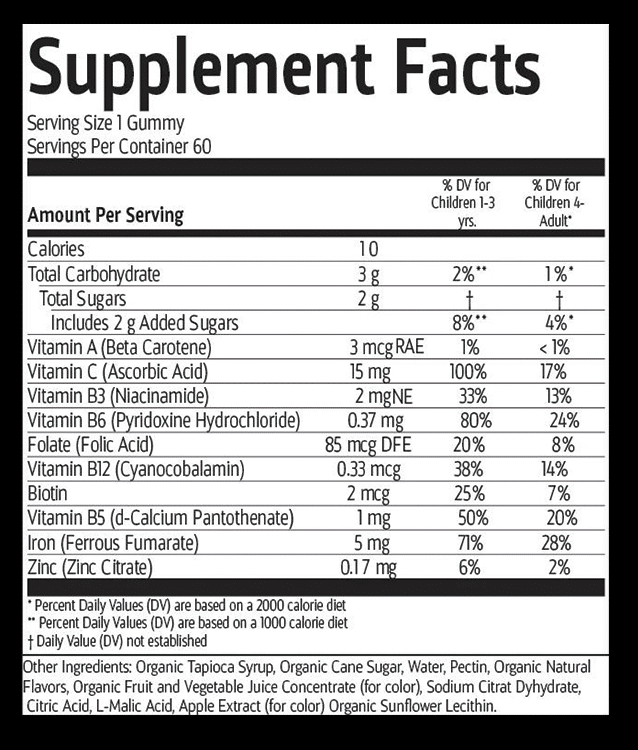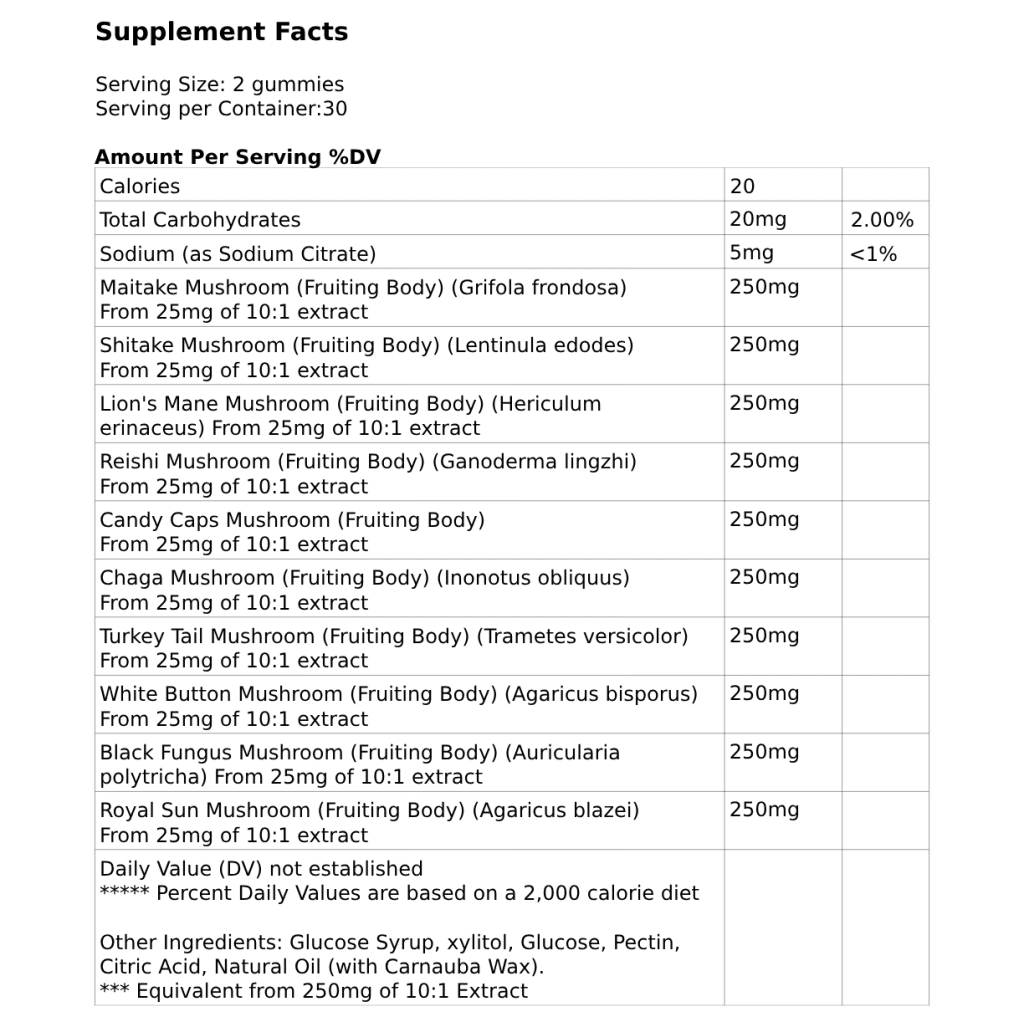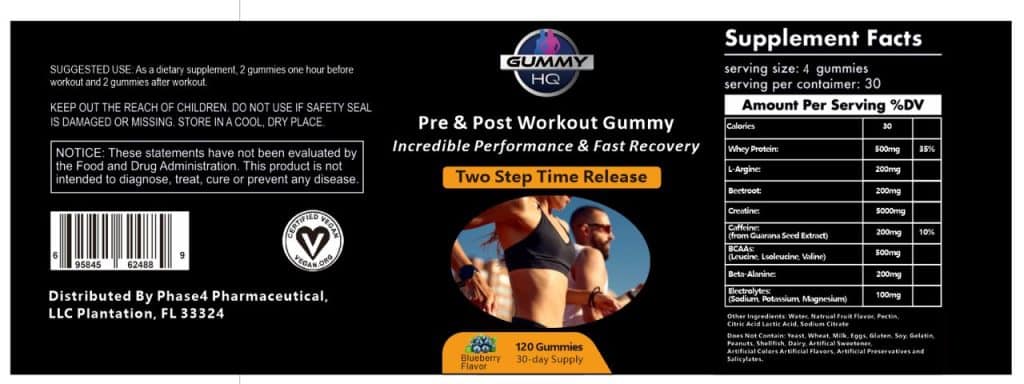Have you ever wondered if there was a way to wash your brain the way you wash your hair, scrub the bathroom, or mop the kitchen? Well, according to a new scientific paper, you might be able to do just that with the right breathing technique. The paper, published in the journal Medical Hypotheses, (Chavez 2023) suggests that a breathing technique that has been popularized by Wim Hof, a Dutch inventor, motivational speaker, and self-proclaimed extreme athlete, could literally ‘wash’ your brain by clearing out metabolic debris that accumulates in the cerebrospinal fluid (CSF).
The hypothesis, as absurd as it may sound when you first hear it, has recently gained some attention on social media, and as our deep dive into streams of cerebrospinal fluid floating in and out of your brain will reveal: the whole “brain washing” issue should not be prematurely dismissed as pseudoscience.
Here’s The Hypothesis
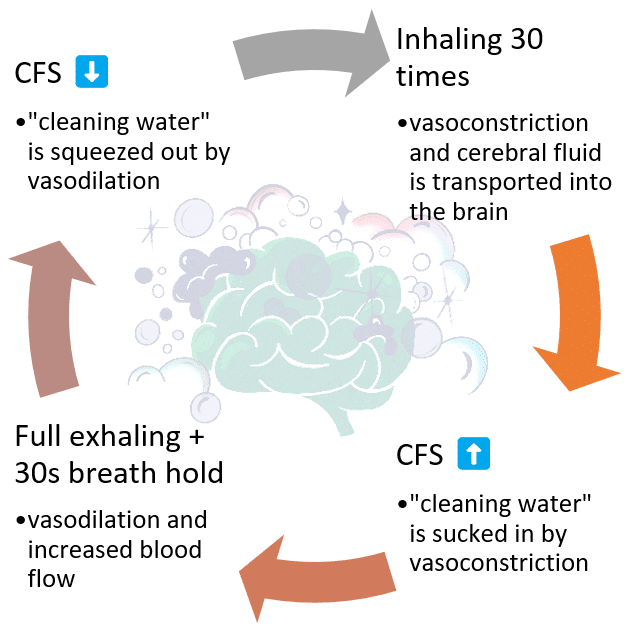
Figure 1: Proposed mechanism by which the Wim Hof method could “wash” the brain.
The authors of the paper, John A. Chavez and Mauro Zappaterra, propose that by using breathing exercises, namely taking a deep breath and then holding it for 30 seconds after exhaling, you could create a pressure gradient that would push cerebrospinal fluid through the brain and flush out waste products. Their hypothesis of what would happen to the CFS content of the brain is illustrated in Figure 1. In essence, it is as if you were operating a pump by regulating the vasomotor tone of your cerebral blood vessels through your breathing.
If this hypothesis can be confirmed, the implications, according to the authors, would be brain-changing, with significant benefits for the prevention or treatment of neurodegenerative diseases such as Alzheimer’s and Parkinson’s, which are associated with the accumulation of toxic proteins in the brain.
Brain Washing” What Is It And Why Is It Important?
For most of us, the idea of “washing [our] brain[s]” probably sounds so exotic because the sewers of our neuronal network, better known as the glymphatic system, were only discovered 10 years ago by scientists at the University of Rochester. (Iliff 2012, Abbott 2018, Bohr 2022) Meanwhile, however, the glymphatic system and its putative role in Alzheimer’s and other neurological diseases has made it all the way to The Economist‘s Science & Technology section, which titled in April 2020: “Alzheimer’s researchers study the brain’s plumbing.” (Economist 2020)
🔎 Definition: The process we previously jovially refer to as “brainwashing” is actually called glymphatic clearance, or glymphatic transport. These terms refer to the process by which the brain uses the glymphatic system to eliminate harmful substances that accumulate as a result of its high metabolic activity in our central nervous system.
As the excellent illustration in Figure 2 shows, the glymphatic transport, which would normally occur primarily during the deep non-REM (NREM, often used interchangeably with slow-wave or deep sleep) sleep phases of the night, decreases significantly with age.
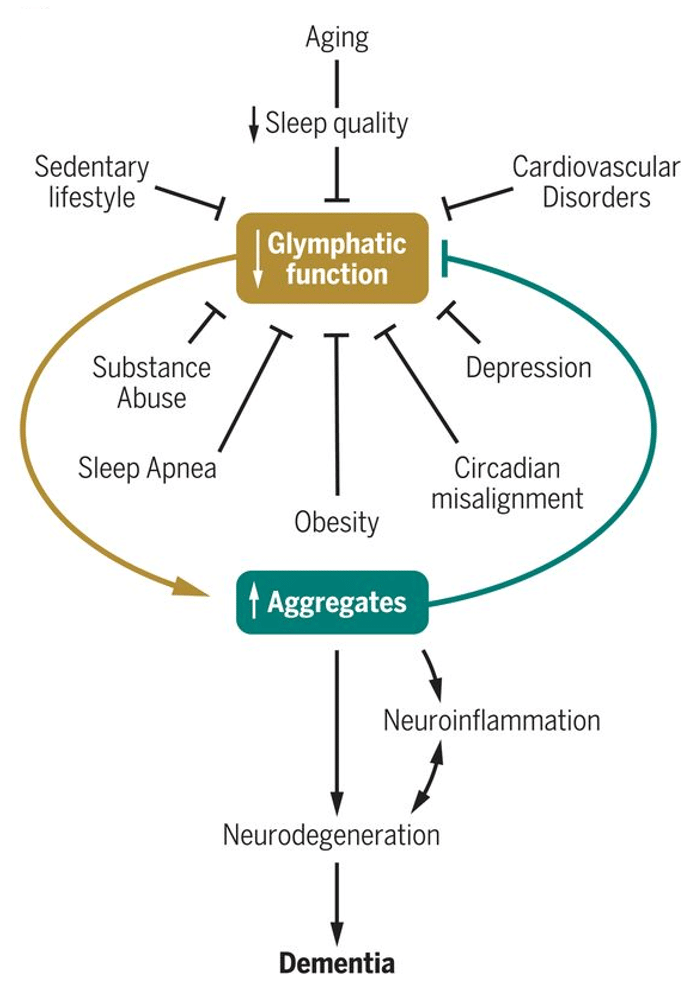
Figure 2: One of the unfortunate truths we’ve learned about our brains over the past few decades is that their self-cleaning ability naturally and inevitably declines with age.
While young people experience sustained very high glymphatic system flow as early as in the first 3 hours of sleep, older people do not even reach stage 3 NREM sleep, they experience frequent interruptions of stage 1 and 2 NREM sleep, and their total sleep time decreases. All this serious sleep deprivation contributes to a literally dementing decrease in glymphatic activity with age.
(Nedergaard 2020 adapted from D. Xue by Kellie Holoski/Science)
What are the consequences of age-related decline in glymphatic system clearance? More and more metabolic waste, including carbon dioxide, lactate, and proteins such as amyloid-beta and tau implicated in neurodegenerative diseases such as Alzheimer’s and Parkinson’s, remain in the aging brain. The problem? If these substances are not removed efficiently, they can affect the function and structure of neurons and glial cells in our brains, leading to cognitive decline, inflammation, and neurodegeneration. (Nedergaard 2016)
What Are Known Modulators Of Glymphatic Flow?

Figure 3: Scientists hypothesize that glymphatic system dysfunction may pave the way to dementia.
In this model, the glymphatic system is at the crossroads of a wide range of disorders that share an association with decreased cerebrospinal fluid clearance. Normal aging is also associated with a sharp decline in sleep quality and decreased glymphatic flow. The stagnation of glymphatic flow and the accumulation of extracellular proteins, in turn, contribute to protein aggregation with misfolding and seeding, which triggers local inflammation and neuronal loss, ultimately manifesting as various forms of dementia.
(Nedergaard 2020 adapted from D. Xue by Kellie Holoski/Science)
Aging is one of the primary modulators of glymphatic system flow. However, as Figure 1 shows, it is by no means the only one. The figure, which was published as part of a 2020 review in the scientific journal Science by two of the leading researchers in the field, (Nedergaard 2020), illustrates our current understanding of the importance of optimal glymphatic function in the prevention and progression of neurodegeneration and dementia and highlights some of the already established reasons for reduced, if not impaired, glymphatic function:
Aging and declining sleep quality (see Figure 1),
General circadian misalignment,
Substance abuse,
Obesity and metabolic disease,
Sedentary lifestyles
Breathing, on the other hand, is not mentioned, is it? Yes, it is! At least indirectly: By referring to sleep apnea, a condition characterized by abnormal interruptions of regular breathing patterns during sleep. Sleep apnea has been linked to the accumulation of neuroinflammatory waste products in the brain. (Polsek 2018, Chong 2022, Roy 2022)
Can Special Breathing Patterns like the Wim Hof Method Affect the Glymphatic Flow?
In fact, there is some evidence that breathing patterns can affect glymphatic flow. For example, a 2013 study published in the prestigious scientific journal Nature found that slow, deep breathing can increase the flow of cerebrospinal fluid in and out of the brain.
The researchers, who studied MRI images of their subjects’ brains, also observed that when the participants held their breath for short periods of time – just as prescribed in Wim Hof’s breathing techniques – the flow of cerebrospinal fluid increased even more. (Yildiz 2022)
All in all, it is not at all far-fetched to assume that certain breathing patterns can be used to consciously increase the removal of metabolic waste products from our brains. One thing we shouldn’t forget, however, is that research into the benefits of breathing techniques for brain health in general, and the Wim Hof Method in particular is still in its early stages. So, as appealing as “proper breathing” may be as a means of “conscious brainwashing,” it can only be one piece of the puzzle in your anti-dementia strategy.
Beyond Breathing Right: Other Means To Brainwash Your Astrocytes
The simplest way to maintain a squeaky clean brain would, of course, be to simply avoid all of the obstacles to glymphatic clearance shown in Figure 3. For some of these obstacles, this may indeed be possible, but for others, such as aging, it isn’t. This is where a recent review by Dutch scientists may come in handy. In the paper, scientists from the Vrije Universiteit Amsterdam discuss (and we quote) how to “harness the power of the [glymphatic] transport system to promote healthy brain aging and possibly prevent neurodegenerative processes”. (Reddy 2020). And here are some of their most essential findings:
Lifestyle Choices To Keep Your Brain Squeaky-Clean
Brain hygiene requires a degree of sleep hygiene that allows you to reach the deepest stage of non-REM sleep, regardless of your age or health status. (Patel 2022) And we probably aren’t telling you a secret that these strategies include staying physically active, creating a relaxing bedtime routine, limiting caffeine and alcohol intake, creating a sleep-friendly environment, and going to bed and waking up at the same time. However, direct and indirect evidence also suggests benefits for other lifestyle interventions more broadly.
🔎 Definition: AQP4 channels, also known as aquaporin-4 channels, are water channels found in the brain. They play a critical role in regulating the flow of water and cerebrospinal fluid (CSF) in the brain and are involved in the function of the glymphatic system, which helps remove waste products from the brain.
According to the Reddy and van der Werf (2020) paper cited above, the following lifestyle choices can maximize the cleaning power of your brain’s glymphatic system by modulating the expression and activity of AQP4 channels, which regulate the flow of water and cerebrospinal fluid (CSF) in the brain:
🛌 Sleep in a lateral or prone sleep position: Sleeping in a lateral (=on your side) or prone (=on your stomach) position may facilitate glymphatic clearance by increasing the interstitial space and reducing the intracranial pressure in your brain – in other words: by making more room for the CFS to circulate. (Lee 2015)
🍺 Consume alcohol only in moderation: Moderate alcohol consumption of ≤0.5 g/kg, equivalent to less than 2.5 beers (2×12 oz) or two and a half 5 oz glasses of wine, may enhance glymphatic function by increasing the expression of aquaporin-4 (AQP4) channels involved in fluid transport across the blood-brain barrier. However, excessive alcohol consumption may impair glymphatic function by inducing neuroinflammation and oxidative stress. (Lundgaard 2018)
🏃 Work out regularly: Physical activity may stimulate glymphatic activity by increasing cerebral blood flow, AQP4 expression, and noradrenergic signaling. Exercise may also reduce amyloid-beta accumulation, which is a hallmark of Alzheimer’s disease. (He 2017, Yin 2018) For the time being, Reddy and van der Werf (2020) suggest following the WHO recommendations of at least 150 minutes of moderate or 75 minutes of vigorous exercise per week, as the optimal type and amount of exercise has not yet been elucidated.
🐟 Increase your intake of omega-3 fatty acids: Omega-3 fatty acids, especially docosahexaenoic acid (DHA), may promote glymphatic function by enhancing AQP4 polarization, reducing neuroinflammation, and improving synaptic plasticity (Ren 2017). So, eating more fatty(!) fish and/or supplementing with cheap and readily available over-the-counter fish oil capsules may thus be another “lifestyle” factor that will help you keep your brain tidy and clean.
🍽️ Practice intermittent fasting: Last on the list of lifestyle interventions is the restriction of food intake to a certain window of time, which most of you know by the name “intermittent fasting.” This form of time-restricted eating can improve glymphatic clearance by activating a process called autophagy, a cellular process in which senescent aka zombie cells literally self-digest so they don’t interfere with the healthy function of your brain and other organs. In addition, intermittent fasting may also modulate circadian rhythms, which are associated with glymphatic activity. (Zhang 2017)
Supplements That Can Act as “Detergents” For Your Brain
In addition to breathing techniques and lifestyle changes, there are a number of supplements that have been shown to have benefits for brain health. In addition to omega-3 fatty acids, which were already included in the lifestyle advice in the Reddy and van der Werf review (2020) and do not need to be taken in supplement form, the following potential supplemental “brain detergents” come to mind:
😴 Melatonin. Melatonin is a hormone that helps regulate sleep. It has also been shown to have some multiple positive effects on brain health. Specifically, its ability to (re)entrain a natural circadian rhythm, of which you’ve previously learned that it is imperative for proper “brain cleansing” makes the pineal hormone a putative candidate for supplementation. (Xie 2017)
Another way in which melatonin supplementation relates to the dramatic decline in NREM sleep that we experience as we age (see Figure 2); and this may turn out to be the real “brain changer”! After all, the age-related decline in melatonin production correlates with the decline in slow-wave (deep) sleep and can be reversed by providing melatonin in time-released oral or transdermal preparations. Compared to classical “sleeping pills” such as benzodiazepine and non-benzodiazepine GABA-A receptor modulators (Valium, Ambien etc.), melatonin has another advantage: Unlike the former, melatonin does not extend the duration of REM sleep at the expense of the cleansing hours we spend in the slow-wave stages of sleep. (Zisapel 1999, Zisapel 2005) It is therefore only logical that rodent studies in which exogenously administered melatonin delayed the accumulation of amyloid-β in the brains of the animals and transported the Alzheimer’s plaque via the glymphatic system of the brain into the lymphatic system of the body, where it can finally be disposed of. (Bitar 2021)🍃 Ginkgo biloba. Ginkgo biloba is a herbal extract that has been shown to improve cognitive function and memory. It is thought to work by increasing blood flow to the brain – and as you know, that is what flushes out the cerebrospinal fluid (CSF) with all the metabolic debris it has accumulated. Whether that’s one of the main mechanisms behind its brain protective effects (Liao 2020, Xi 2022) remains to be seen.
🧠 Vinpocetine. Some of you will remember this synthetic derivative of vincamine, a natural alkaloid that is extracted from the periwinkle plant (Vinca minor), from 🔗 our blog on Cognition and Memory. Unlike Gingko, “the Viagra® of the brain”, which is also an essential constituent of our 🔗 Maximize Memory Skin Patch, does not just stimulate the blood flow to our brain, it has also been shown to directly interact with the aquaporin channels in the brain, exactly those channels that facilitate the influx and efflux of CSF, the “dish water” of our brains. (Paul 2019, de Laurentis 2020)
🍵 L-theanine. L-theanine is an amino acid that is found in tea. It has been shown to promote relaxation and improve focus. There is also good evidence that theanine can promote better sleep, with prolonged periods of brain-cleansing NREM slow-wave sleep. (Meletis 2008; Kim 2018, Unno 2020, Dasdelen 2022) As explained earlier, this alone could help keep your brain from being cluttered with metabolic waste.
🍛Curcumin. Curcumin is a compound found in turmeric. It has been shown to have anti-inflammatory and antioxidant properties. It is thought to be beneficial for brain health because it can help to protect the brain from damage caused by free radicals. Moreover, curcumin’s interaction with the aquaporin channels that transport cerebrospinal fluid (CSF) in and out of the brain has already proven to drain the traumatized brain from potentially lethal water-accumulations in a rodent model of edema following traumatic brain injury in mice. (Laird 2010) Other studies report beneficial effects on sleep and here specifically the length of the nocturnal brain cleaning episodes during slow-wave (NREM) sleep. (Um 2022)
⚠️ Warning: It is important to note that dietary supplements are not a substitute for a healthy diet and lifestyle. However, they can be a helpful addition to your overall brain health routine.
It should also be noted that at least three of the supplement candidates discussed above work primarily by improving sleep – more specifically, by increasing the amount of time your brain spends in its NREM auto-maintenance mode throughout the night. This should be reason enough to follow the generally accepted rules of proper sleep hygiene, which include: keeping a consistent sleep schedule, creating a relaxing bedtime routine, creating a sleep-friendly environment (dark, quiet), limiting stimulants and substances, and managing your exposure to light over 24 hours.
Conclusion!? Don’t Hyperventilate, Yet…
I suppose it’s time to take a departing view on the original question: Will Wim Hof’s breathing technique keep your brain squeaky clean? So far we cannot say for sure! What this deep dive into the relevant research has revealed, however, is that breathing techniques in general can initiate processes in our brains that have been linked to observable changes in the cerebrospinal fluid (CSF), which have been consistently linked to a reduction of literally dementing metabolic debris in brain tissue.
Another thing that should be clear, however, is that the breathing and relaxation techniques above and the list of putatively useful supplements we’ve compiled are, at best, as effective as the first-generation Roombas. Yes, they will help keep the dust from piling up, but only if your proper sleep hygiene and related lifestyle factors allow your brain to tidy up, scrub and mop, and empty and clean the trash cans.
How You Can Improve Sleep
MaximizeHQ offers an advanced time-release transdermal Melatonin skin patch.
References:
Abbott, N.J., Pizzo, M.E., Preston, J.E., Janigro, D. and Thorne, R.G., 2018. The role of brain barriers in fluid movement in the CNS: is there a ‘glymphatic’system?. Acta neuropathologica, 135, pp.387-407.
Bitar, R.D., Torres-Garza, J.L., Reiter, R.J. and Phillips, W.T., 2021. Neural glymphatic system: Clinical implications and potential importance of melatonin. Melatonin Research, 4(4), pp.551-565.
Chavez, J.A. and Zappaterra, M., 2023. Can Wim Hof Method Breathing Induce Conscious Metabolic Waste Clearance of the Brain?. Medical Hypotheses, p.111-118.
Dasdelen, M.F., Er, S., Kaplan, B., Celik, S., Beker, M.C., Orhan, C., Tuzcu, M., Sahin, N., Mamedova, H., Sylla, S. and Komorowski, J., 2022. A novel theanine complex, Mg-L-Theanine improves sleep quality via regulating brain electrochemical activity. Frontiers in Nutrition, 9, p.570.
de Laurentis, C., Cristaldi, P., Arighi, A., Cavandoli, C., Trezza, A., Sganzerla, E.P., Giussani, C.G. and Di Cristofori, A., 2021. Role of aquaporins in hydrocephalus: what do we know and where do we stand? A systematic review. Journal of Neurology, 268, pp.4078-4094.
Eyre, H.A., Acevedo, B., Yang, H., Siddarth, P., Van Dyk, K., Ercoli, L., Leaver, A.M., Cyr, N.S., Narr, K., Baune, B.T. and Khalsa, D.S., 2016. Changes in neural connectivity and memory following a yoga intervention for older adults: a pilot study. Journal of Alzheimer’s Disease, 52(2), pp.673-684.
He, X.F., Liu, D.X., Zhang, Q., Liang, F.Y., Dai, G.Y., Zeng, J.S., Pei, Z., Xu, G.Q. and Lan, Y., 2017. Voluntary exercise promotes glymphatic clearance of amyloid beta and reduces the activation of astrocytes and microglia in aged mice. Frontiers in molecular neuroscience, 10, p.144.
Iliff, J.J., Wang, M., Liao, Y., Plogg, B.A., Peng, W., Gundersen, G.A., Benveniste, H., Vates, G.E., Deane, R., Goldman, S.A. and Nagelhus, E.A., 2012. A paravascular pathway facilitates CSF flow through the brain parenchyma and the clearance of interstitial solutes, including amyloid β. Science translational medicine, 4(147), pp.147ra111-147ra111.
Kim, S., Jo, K., Hong, K.B., Han, S.H. and Suh, H.J., 2019. GABA and l-theanine mixture decreases sleep latency and improves NREM sleep. Pharmaceutical biology, 57(1), pp.64-72.
Laird, M.D., Sukumari‐Ramesh, S., Swift, A.E., Meiler, S.E., Vender, J.R. and Dhandapani, K.M., 2010. Curcumin attenuates cerebral edema following traumatic brain injury in mice: a possible role for aquaporin‐4?. Journal of neurochemistry, 113(3), pp.637-648.
Lee, H., Xie, L., Yu, M., Kang, H., Feng, T., Deane, R., Logan, J., Nedergaard, M. and Benveniste, H., 2015. The effect of body posture on brain glymphatic transport. Journal of Neuroscience, 35(31), pp.11034-11044.
Liao, Z., Cheng, L., Li, X., Zhang, M., Wang, S. and Huo, R., 2020. Meta-analysis of Ginkgo biloba preparation for the treatment of Alzheimer’s disease. Clinical neuropharmacology, 43(4), pp.93-99.
Lundgaard, I., Wang, W., Eberhardt, A., Vinitsky, H.S., Reeves, B.C., Peng, S., Lou, N., Hussain, R. and Nedergaard, M., 2018. Beneficial effects of low alcohol exposure, but adverse effects of high alcohol intake on glymphatic function. Scientific reports, 8(1), p.2246.
Meletis, C.D. and Zabriskie, N., 2008. Natural approaches for optimal sleep. Alternative and Complementary Therapies, 14(4), pp.181-188.
Nedergaard, M. and Goldman, S.A., 2020. Glymphatic failure as a final common pathway to dementia. Science, 370(6512), pp.50-56.
Patel, A.K., Reddy, V. and Araujo, J.F., 2022. Physiology, sleep stages. In StatPearls [Internet]. StatPearls Publishing.
Paul, L., Madan, M., Rammling, M., Behnam, B. and Pattisapu, J.V., 2009. The altered expression of aquaporin 1 and 4 in choroid plexus of congenital hydrocephalus. Cerebrospinal Fluid Research, 6(1), pp.1-1.
Polsek, D., Gildeh, N., Cash, D., Winsky-Sommerer, R., Williams, S.C.R., Turkheimer, F., Leschziner, G.D., Morrell, M.J. and Rosenzweig, I., 2018. Obstructive sleep apnoea and Alzheimer’s disease: in search of shared pathomechanisms. Neuroscience & Biobehavioral Reviews, 86, pp.142-149.
Reddy, O.C. and van der Werf, Y.D., 2020. The sleeping brain: harnessing the power of the glymphatic system through lifestyle choices. Brain sciences, 10(11), p.868.
Ren, H., Luo, C., Feng, Y., Yao, X., Shi, Z., Liang, F., Kang, J.X., Wan, J.B., Pei, Z. and Su, H., 2017. Omega‐3 polyunsaturated fatty acids promote amyloid‐β clearance from the brain through mediating the function of the glymphatic system. The FASEB Journal, 31(1), pp.282-293.
Roy, B., Nunez, A., Aysola, R.S., Kang, D.W., Vacas, S. and Kumar, R., 2022. Impaired glymphatic system actions in obstructive sleep apnea adults. Frontiers in Neuroscience, 16, p.669.
The Economist. (n.d.). Alzheimer’s researchers are studying the brain’s plumbing. [online] Available at: https://www.economist.com/science-and-technology/alzheimers-researchers-are-studying-the-brains-plumbing/21808465 [Accessed 7/15/2023].
Um, M.Y., Yoon, M., Kim, M., Jung, J., Kim, S., Kim, D.O. and Cho, S., 2022. Curcuminoids, a major turmeric component, have a sleep-enhancing effect by targeting the histamine H1 receptor. Food & Function, 13(24), pp.12697-12706.
Unno, K. and Nakamura, Y., 2020. Sleep and Use of Green Tea With Lowered Caffeine: Decreased Early Morning Awakening and Increased Slow-Wave Sleep. In Neurological Modulation of Sleep (pp. 307-314). Academic Press.
Xie, L., Zhu, Q. and Lu, J., 2022. Can we use Ginkgo biloba extract to Treat Alzheimer’s Disease? lessons from preclinical and clinical studies. Cells, 11(3), p.479.
Xie, Z., Chen, F., Li, W.A., Geng, X., Li, C., Meng, X., Feng, Y., Liu, W. and Yu, F., 2017. A review of sleep disorders and melatonin. Neurological research, 39(6), pp.559-565.
Yin, M., Pu, T., Wang, L., Marshall, C., Wu, T. and Xiao, M., 2018. Astroglial water channel aquaporin 4-mediated glymphatic clearance function: a determined factor for time-sensitive treatment of aerobic exercise in patients with Alzheimer’s disease. Medical Hypotheses, 119, pp.18-21.
Zhang, J., Zhan, Z., Li, X., Xing, A., Jiang, C., Chen, Y., Shi, W. and An, L., 2017. Intermittent fasting protects against Alzheimer’s disease possible through restoring aquaporin-4 polarity. Frontiers in molecular neuroscience, 10, p.395.
Zisapel, N., 1999. The use of melatonin for the treatment of insomnia. Neurosignals, 8(1-2), pp.84-89.
Zisapel, N., 2005. The role of melatonin in sleep regulation. In Neuroendocrine Correlates of Sleep/Wakefulness (pp. 295-309). Boston, MA: Springer US.



